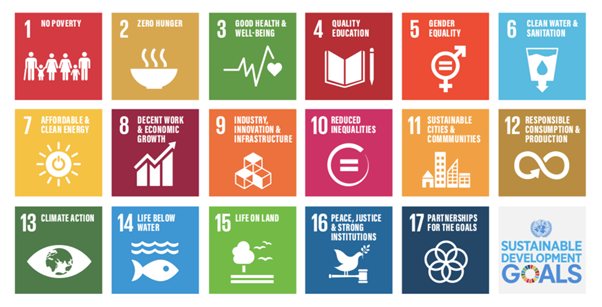Interviews, In-persone or Teams?
Your Hiring Process
In the evolving world of recruitment, companies are faced with the newest challenge of interviews. With the rise of remote work and digital communication, via Microsoft Teams, many hiring processes have moved online. However, the are traditional in-person interviews are still valuable within many you’re your industry? As organisations navigate this challenge these, it is important to understand the advantages and disadvantages of both approaches to make the right choice.
The benefits of in-person interviews
Face-to-face interviews have a unique advantage when it comes to building rapport. Body language, eye contact and facial expressions are vital in forming a strong connection between the candidate and the interviewer. These Non-verbal cues can reveal a lot about a person’s confidence, comfort and sincerity, something that is difficult to gauge through a screen. In addition, the natural flow of a conversation during an in-person meeting feels more engaging, without interruptions of technical glitches or freezing screens. For employers, these interactions offer a clear understanding the candidates’ skills, particularly in high-touch roles where communication is key.
However, in person interviews come with their own set of challenges. Scheduling and attending an interview can be time-consuming for both parties, especially if the candidate needs to commute or take time off work. Employers also need to allocate a physical space for the meeting. Furthermore, this format can limit candidates if they are not local, making it harder to cast a wider net in the hiring process.
Why Teams interviews are gaining popularity
On the flip side, virtual interviews, especially those conducted via platforms like Microsoft Teams, offer an unmatched convenience. Scheduling becomes much simpler since there is no need to worry about travel time, and candidates from anywhere can join with just a link. This is especially beneficial when you have a large pool of candidates, as it eliminates the barrier of location and efficiently screen applicants.
Despite these benefits, Teams interviews do come with their challenges. Technical issues such as poor internet connections or software glitches, can disrupt the flow of an interview. Additionally, the personal connection may not be as strong in face-to-face meetings. Without the ability to read body language as easily, It can be hard to judge how a candidate is feeling or responding to questions. Distractions in the candidates or interviewer’s environment may also lessen the formality and focus of the conversation.
Choosing between Teams and in-person interviews ultimately depend on the specific needs of your hiring process. While virtual meetings offer convenience and a broader talent pool, in-person interviews remain invaluable when assessing candidates for roles requiring strong personal connections. By understanding when each format is effective, you can streamline your hiring process to ensure you are making the best decision for both your team and the candidate.
















